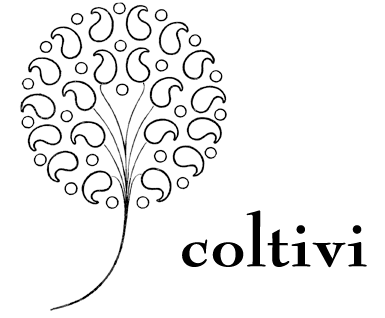 Mark finished the second gate and laid these gorgeous pavers in the entrances on either end of the garden. It feels like we're starting with a clean, organized canvas this year. Let's see how long it stays that way!
Mark finished the second gate and laid these gorgeous pavers in the entrances on either end of the garden. It feels like we're starting with a clean, organized canvas this year. Let's see how long it stays that way!
Wednesday, February 22, 2012
Fresh Start
 Mark finished the second gate and laid these gorgeous pavers in the entrances on either end of the garden. It feels like we're starting with a clean, organized canvas this year. Let's see how long it stays that way!
Mark finished the second gate and laid these gorgeous pavers in the entrances on either end of the garden. It feels like we're starting with a clean, organized canvas this year. Let's see how long it stays that way!
Monday, February 20, 2012
Microfarming and the New Markate Estates
Microfarming. You won’t find the term in Webster’s Dictionary just yet. But that’s exactly what we’ve been doing without knowing what to call it. It’s not like we coined the term, either. The blogosphere is awash in aspirational folks like ourselves, some coaxing out a little slice of agricultural heaven on much smaller parcels of land than our two acres. We’ve struggled for years to define what we do with our own little scrap of Earth for years; we’re more than gardeners, not quite farmers. Definitely permaculturists, but that term doesn’t resonate with a lot of people. So--”microfarmers” it is!
A full-time farmer friend of ours was the one to call our fledgling homestead a “microfarm.” (My heart fluttered a little that he thought us worthy of any name with “farmer” in it.) This was a watershed moment for us. Being human (for all intents and purposes) we adore classification. We’ve got to slap a label on something before we can wrap our brains around it. We knew we were onto something big with the long-term “more than just veggies” approach to gardening. Besides, the term “garden” conjures up images of Better Homes and Gardens, or of your Great-Aunt Rosie outside in a floppy hat, kneeling before her rosebushes on a little mat with a pair of shears in her neatly gloved hand. Our garden isn’t quite like that; it extends beyond the boundaries of the eight-foot-tall deer-proof fence, encompassing our entire yard, our sensibilities about what to eat, the most ethical place to buy it, and the ever-expanding boundaries of self-sustainability. We may move compost, dig holes, pinch grubs, and curse flea beetles, but I’ve always cringed at the notion that our little project is something as delicate and Victorian as a “garden.” On the other hand, it sure would be nice if our effort were as attractive as one of those.
Enter the microfarm, which is simply a tiny version of its much bigger predecessor. Microfarms exist in all settings, rural or urban, in zones 3-10 and beyond. A microfarm emulates the techniques of larger operations on a scale that’s realistic for a few people to oversee. In our case, our mentors include several local biodynamic/permaculture-based CSAs. We watch them closely, impressed by their accomplishments, and strive to replicate them on a smaller scale in our own front and back yards. This year, we attended the NOFA NJ Winter Conference in Princeton as proud practitioners, primed to absorb as much practical knowledge as the largest professional farmers in attendance. We no longer make excuses for the size of our endeavor, nor do we apologize to friends and family about our eccentric forays into all manner of organic agriculture. While our process hasn’t changed (although the scope of our work has), the microfarmer label has inspired a small but significant shift in the way we define ourselves and move forward.
